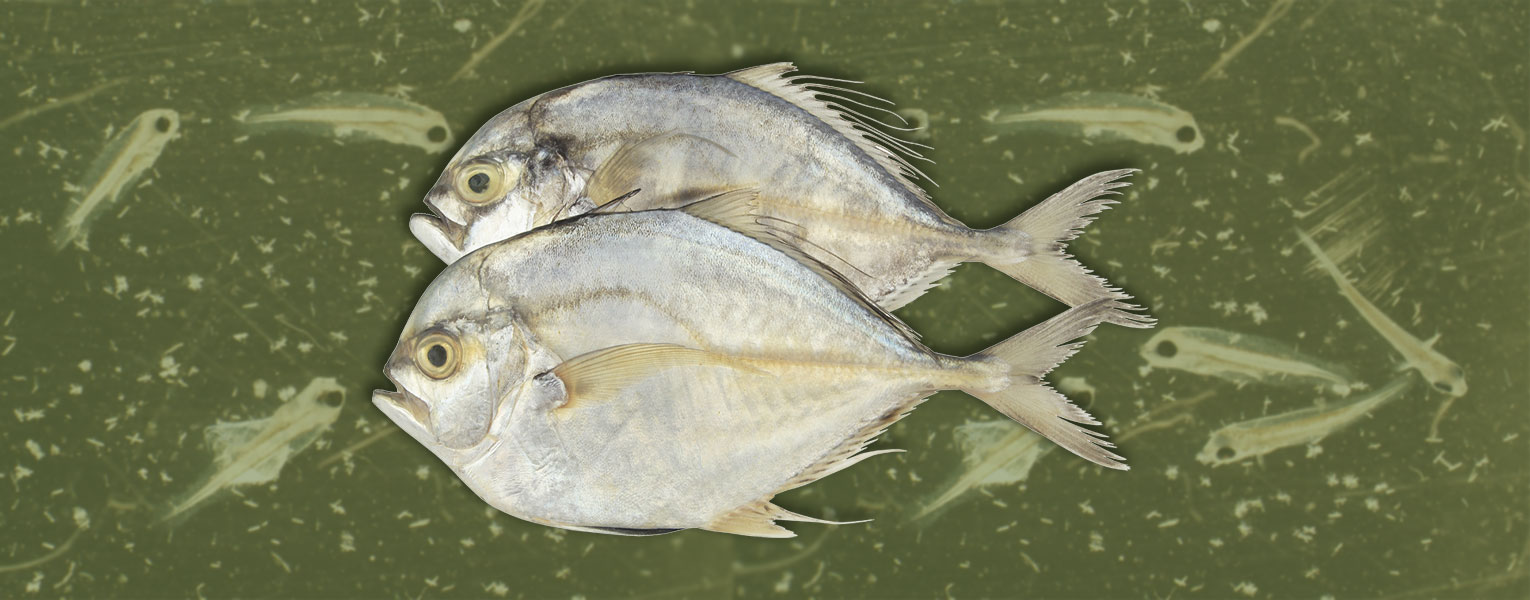8/4/2023
Florida Atlantic: Raising Pompano
Scientists from FAU Harbor Branch Oceanographic Institute recently grew baby Florida pompano fish in low salinities, increasing the feasibility for farming them.
The Florida pompano is a prime candidate for aquaculture commercial fish production in the U.S. The marine fish species is found in warm water habitats along the eastern Atlantic Ocean, but fewer than 10 aquaculture farms across the U.S. have been successful in commercially raising and distributing them. When attempting to rear Florida pompano from hatch to market, farms face a variety of challenges including access to seawater. On inland farms, seawater must be mixed onsite using artificial sea salt products, which can contribute to high production costs and lower profit returns.
For the study, Florida pompano larvae were raised in three different salinities: 10, 20 and 30 parts per thousand (ppt) at local producers’ farms. Growth, fatty acid profiles and cell formation were measured and recorded every three days after hatching, and results were compared across salinities.
Results, published in the journal Aquaculture, showed that larvae reared at 10 ppt grew at a normal rate, with no harm to their development or physiology.
“We have shown that it is possible to grow this warm water marine species in salinities as low as 10 parts per thousand, which makes it more economic and easier for producers far from the coast to attempt Florida pompano commercial growth,” said Sahar Mejri, Ph.D., senior author and assistant research professor in the Department of Aquaculture and Stock Enhancement at FAU Harbor Branch. “We expect to run this study for a longer period to investigate the long-term effects of low salinity on larval health and development.”
If you would like more information, please contact us at dorcommunications@fau.edu.

